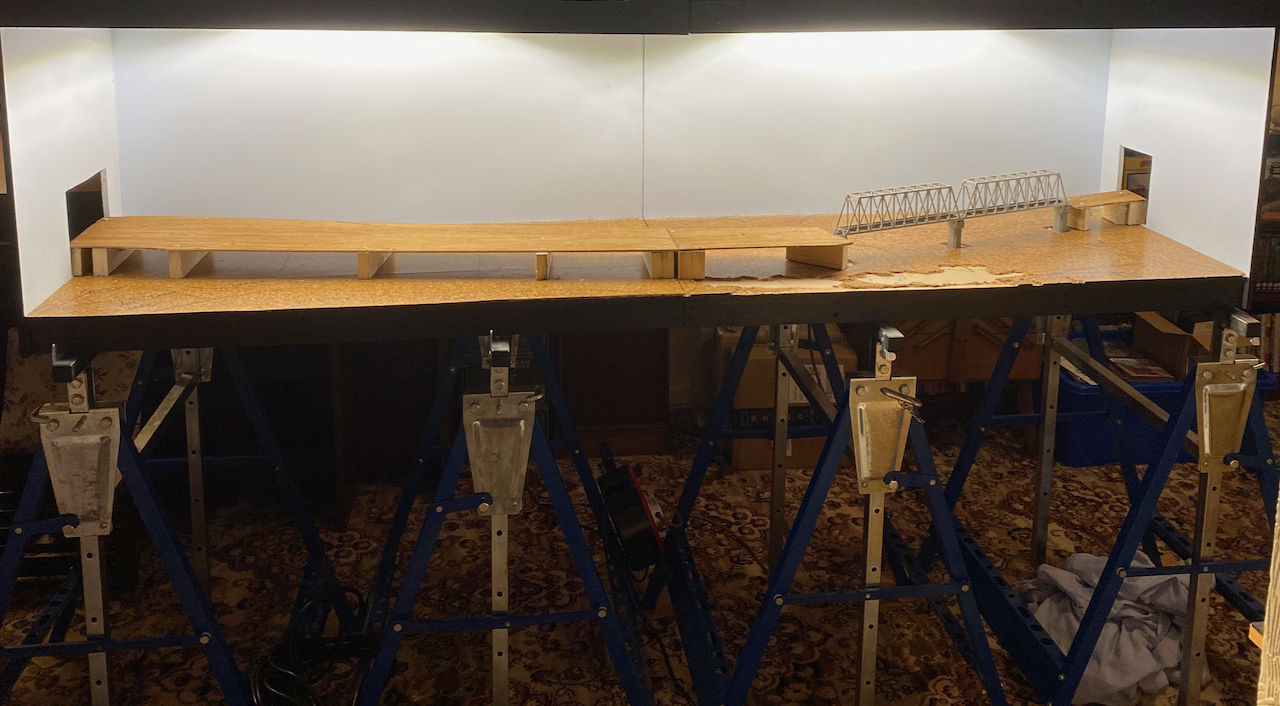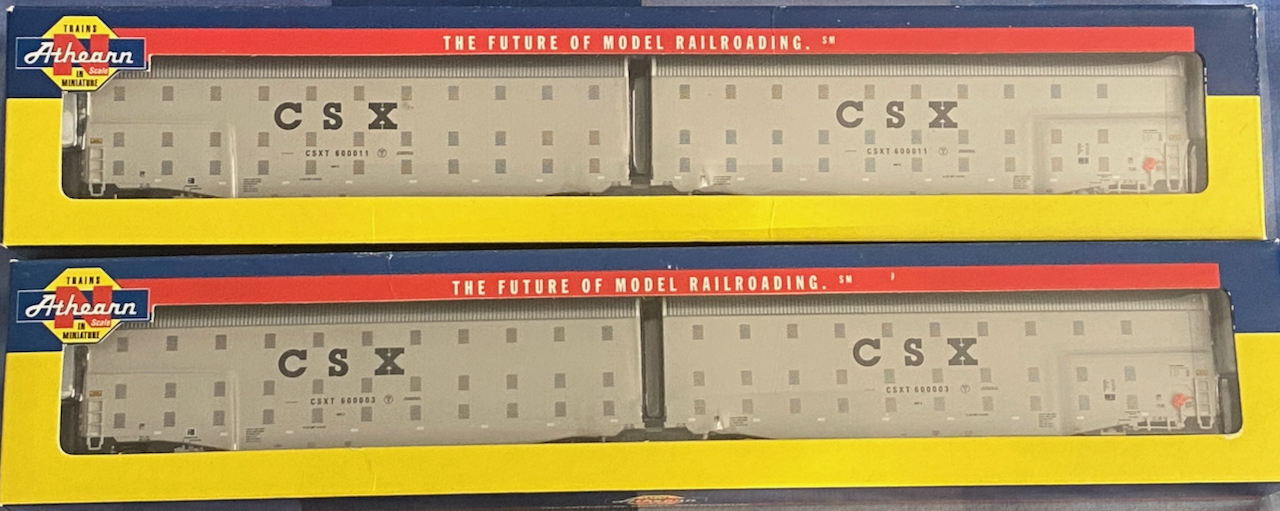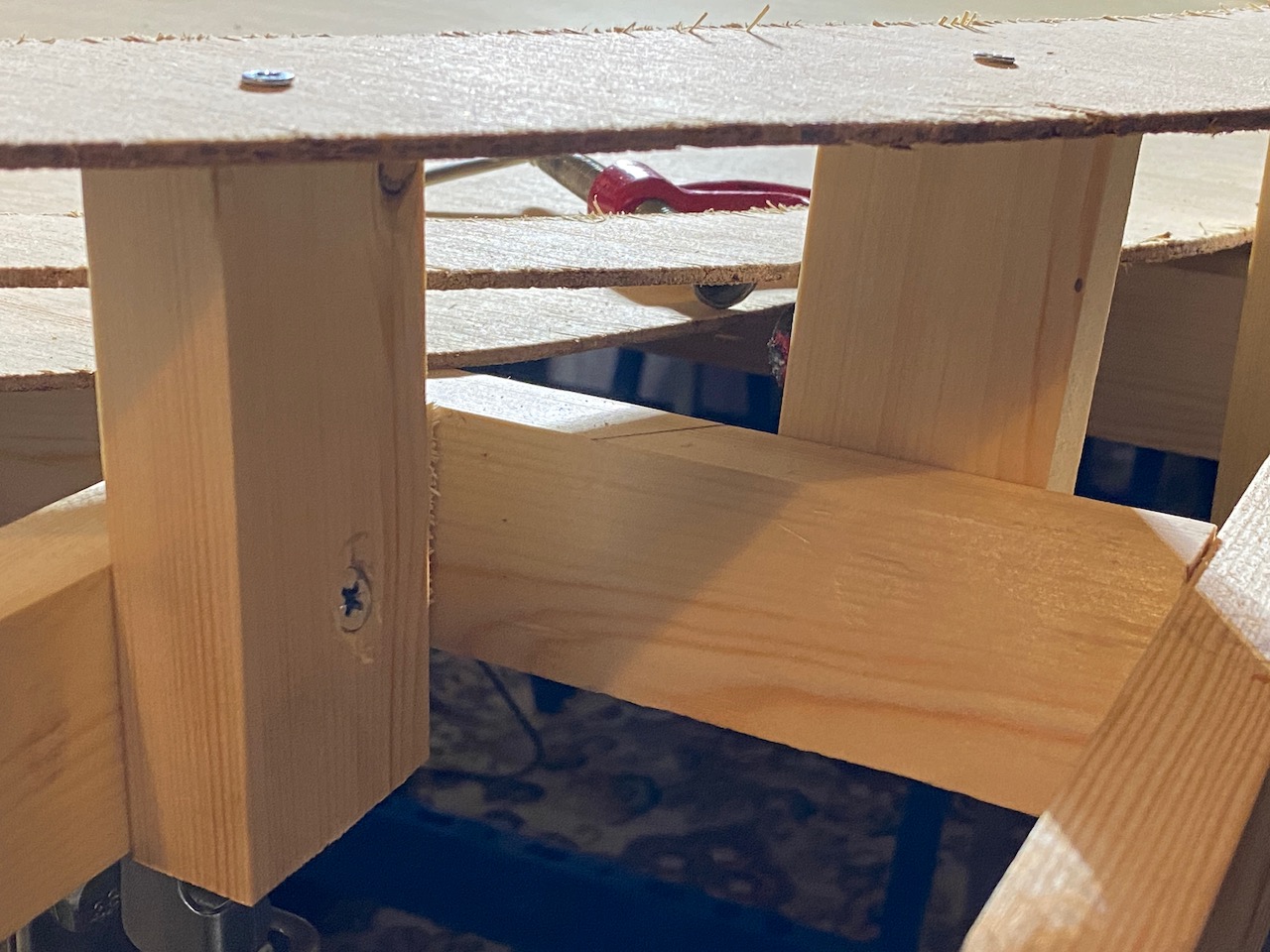GEfan
Active Member
Hi all,
I am new to the forum, and just come back to N gauge modelling after a large number of years away. I am UK-based, but have a keen interest in the modern day US railroads. Appreciate that may not appeal to everyone, but does to me! I am fortunate in having an area which is around 21 foot x 11 foot for a layout that can portray long freights running at realistic, not slow, but steady speeds. The area is currently being cleared of rubbish etc, but I am hopeful of getting some track (especially in the hidden sidings) down by Christmas.
The idea is to portray a three different kinda of scenes across what should be around 100foot of scenic running space. Each scene will be separated by a scenic break in some way. The first being something of a canyon area, with the railroad hugging the rock face, which drops down to the river below, another will be a decent sized classification and switching yard, and the third I am looking for a bit of help with. A couple of 'must-haves' are a switching industry, grade crossing for road traffic, and some form of busy town scene. Can anyone offer any suggestions of suitable industries or prototype locations that could work? I am currently thinking that some kind of scene with a couple of warehouses, and box car deliveries could be the option.
With a very keen interest in keeping my feet on the ground, I don't like much more than a few foot distance between them and the ground, flying is something of a no-no so ever getting over to the US to see these things for real is unlikely! But through the modern day world of webcams I am able to keep a finger on the pulse so to speak. I do tend to have the Barstow or Tehachapi webcams on in my home office whenever possible, so train consists and power will follow a similar theme - mainly UP and BNSF, with 'hired' power from KCS, NS, CN, CP and CSX making the occasional appearance.
I am lucky in that the area available can be used almost entirely for scenic modelling, with the hidden storage sidings being located on a lower level. The eventual aim is to have fun operating it, perhaps introduce a small amount of computer control (being Digitrax DCC that shouldn't be too difficult) and be able to both switch cars while at other times just enjoy the trains passing by.
I would welcome any views and comments. I'm happy to share the layout, so if there's any interest, I will post pictures and updates as things progress.
Richie
I am new to the forum, and just come back to N gauge modelling after a large number of years away. I am UK-based, but have a keen interest in the modern day US railroads. Appreciate that may not appeal to everyone, but does to me! I am fortunate in having an area which is around 21 foot x 11 foot for a layout that can portray long freights running at realistic, not slow, but steady speeds. The area is currently being cleared of rubbish etc, but I am hopeful of getting some track (especially in the hidden sidings) down by Christmas.
The idea is to portray a three different kinda of scenes across what should be around 100foot of scenic running space. Each scene will be separated by a scenic break in some way. The first being something of a canyon area, with the railroad hugging the rock face, which drops down to the river below, another will be a decent sized classification and switching yard, and the third I am looking for a bit of help with. A couple of 'must-haves' are a switching industry, grade crossing for road traffic, and some form of busy town scene. Can anyone offer any suggestions of suitable industries or prototype locations that could work? I am currently thinking that some kind of scene with a couple of warehouses, and box car deliveries could be the option.
With a very keen interest in keeping my feet on the ground, I don't like much more than a few foot distance between them and the ground, flying is something of a no-no so ever getting over to the US to see these things for real is unlikely! But through the modern day world of webcams I am able to keep a finger on the pulse so to speak. I do tend to have the Barstow or Tehachapi webcams on in my home office whenever possible, so train consists and power will follow a similar theme - mainly UP and BNSF, with 'hired' power from KCS, NS, CN, CP and CSX making the occasional appearance.
I am lucky in that the area available can be used almost entirely for scenic modelling, with the hidden storage sidings being located on a lower level. The eventual aim is to have fun operating it, perhaps introduce a small amount of computer control (being Digitrax DCC that shouldn't be too difficult) and be able to both switch cars while at other times just enjoy the trains passing by.
I would welcome any views and comments. I'm happy to share the layout, so if there's any interest, I will post pictures and updates as things progress.
Richie






















